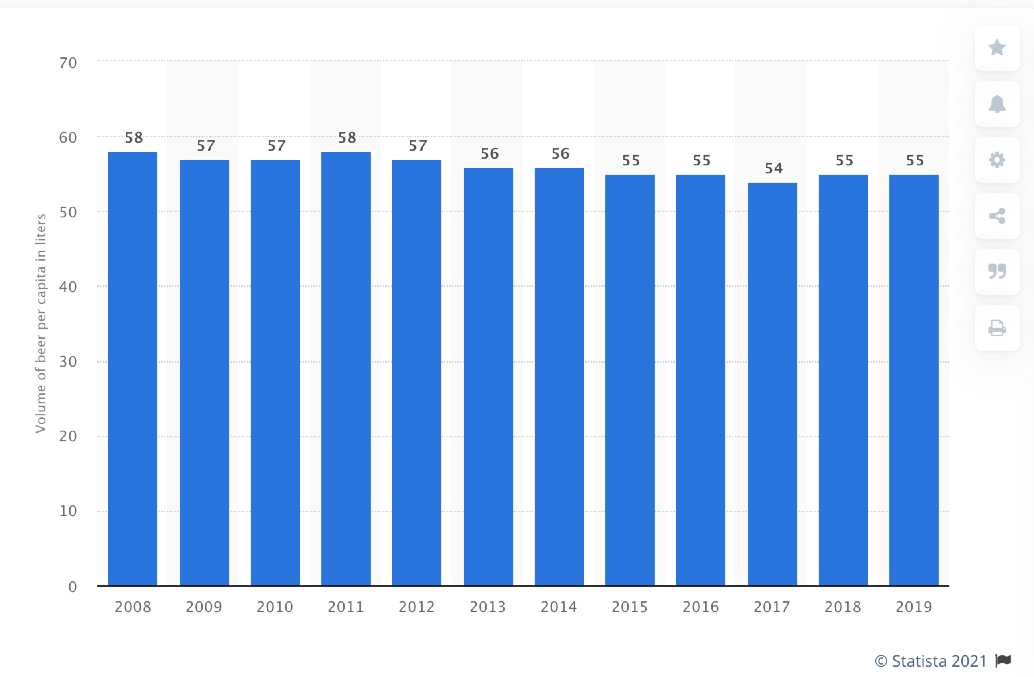“The breweries are really euphoric,” Marc-Oliver Huhnholz, spokesman of the Association for German Breweries told newspaper Tagesspiegel am Sonntag. “It’s possible we might see a rise in turnover of between one to two percent in the sector,” he said.
That would roughly amount to the same 1.4 percent climb in earnings registered by breweries during the World Cup 2006 hosted by Germany, reversing a long-running decline in beer consumption. At the time, consumption per person rose slightly from 115.3 litres to 116 litres, a fact attributed to the thousands of football fans who descended upon Germany for the championship.
Huhnholz said experience showed that beer sales depended heavily on the weather and a celebratory mood among football supporters. The better the German side plays, the faster the beer flows from the tap, he added. “Maybe the euphoria will last right up to the Olympic Games.”
Market research association GfK was quoted by the newspaper as saying that the Euro 2008 could help breweries compensate for their shaky start to the year.
“The championship could save the year,” said Horst Zocher, GfK beer expert. “A successful European Championship and good weather could make up for the losses of the first months,” he said.
Germany’s breweries saw a drop of 1.8 percent in beer sales in the first four months of 2008 compared with the same period last year. Experts largely blame the decline on rising beer prices but point out that further hikes aren’t expected.




 Please whitelist us to continue reading.
Please whitelist us to continue reading.